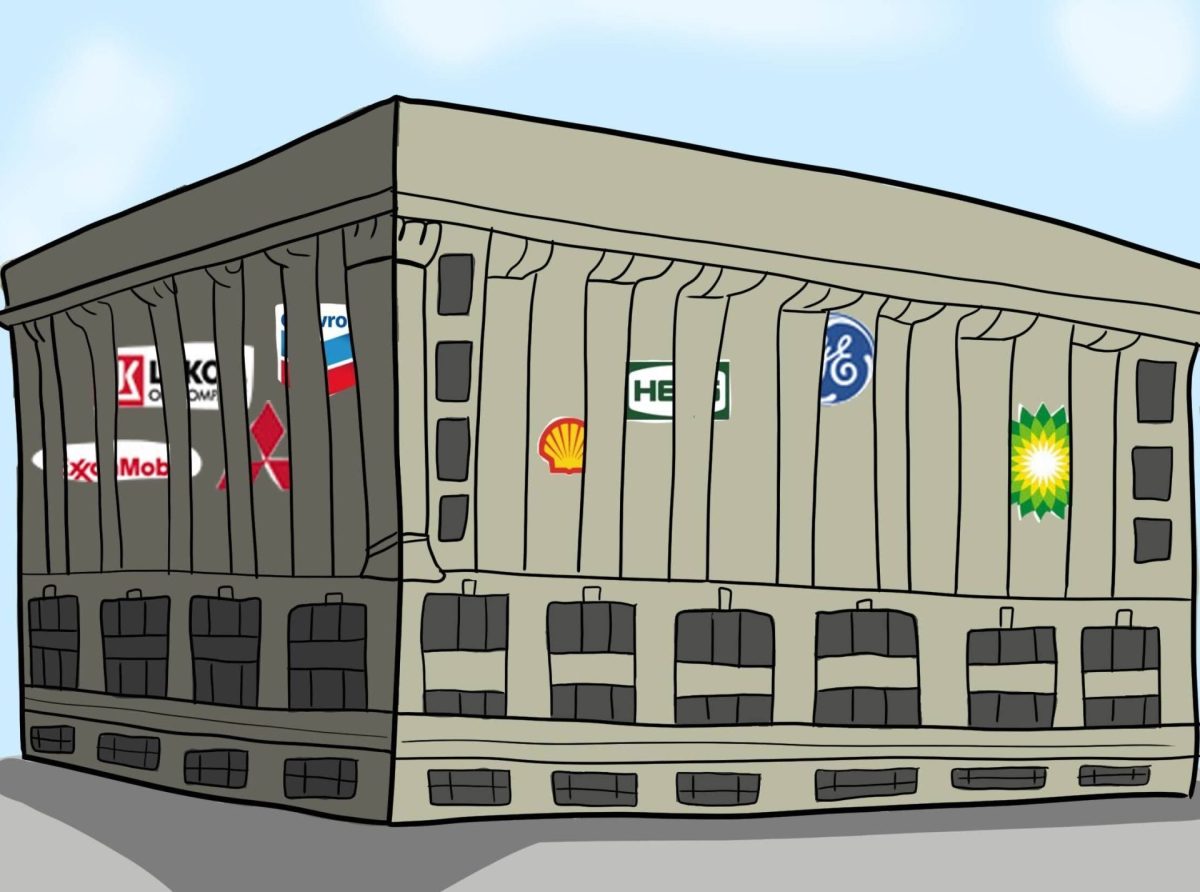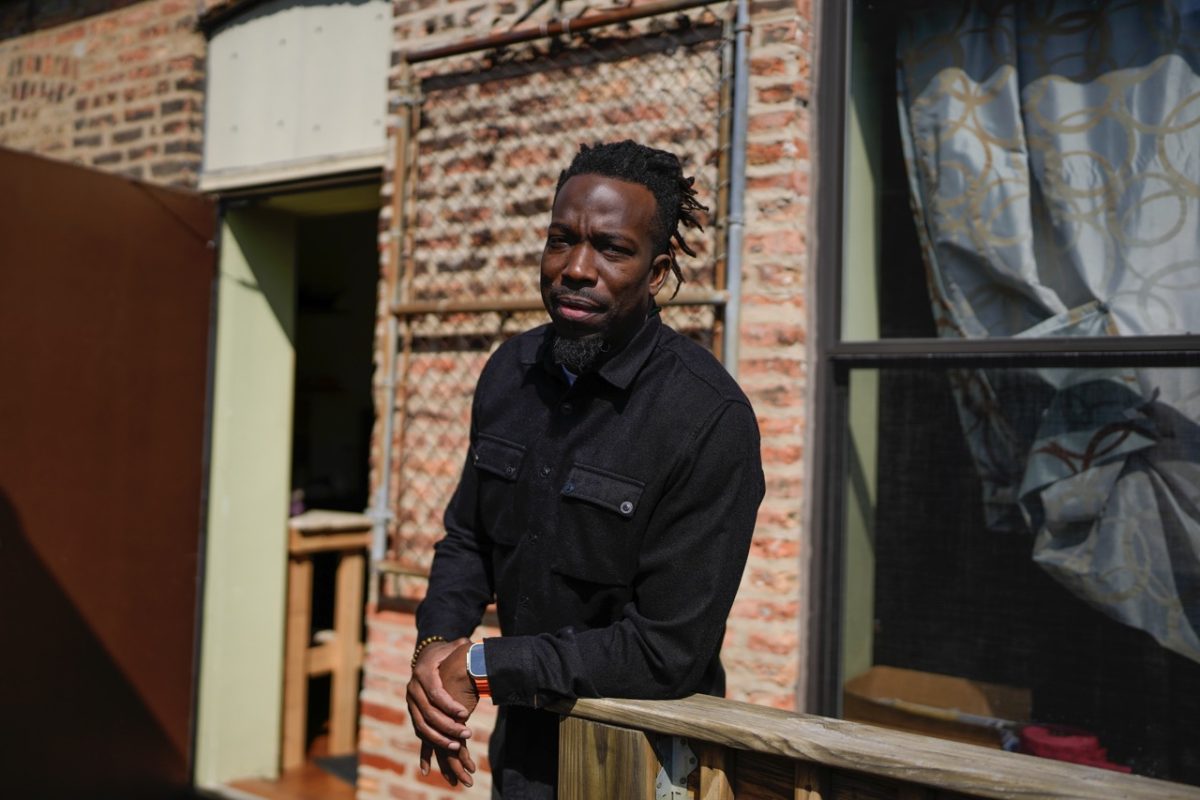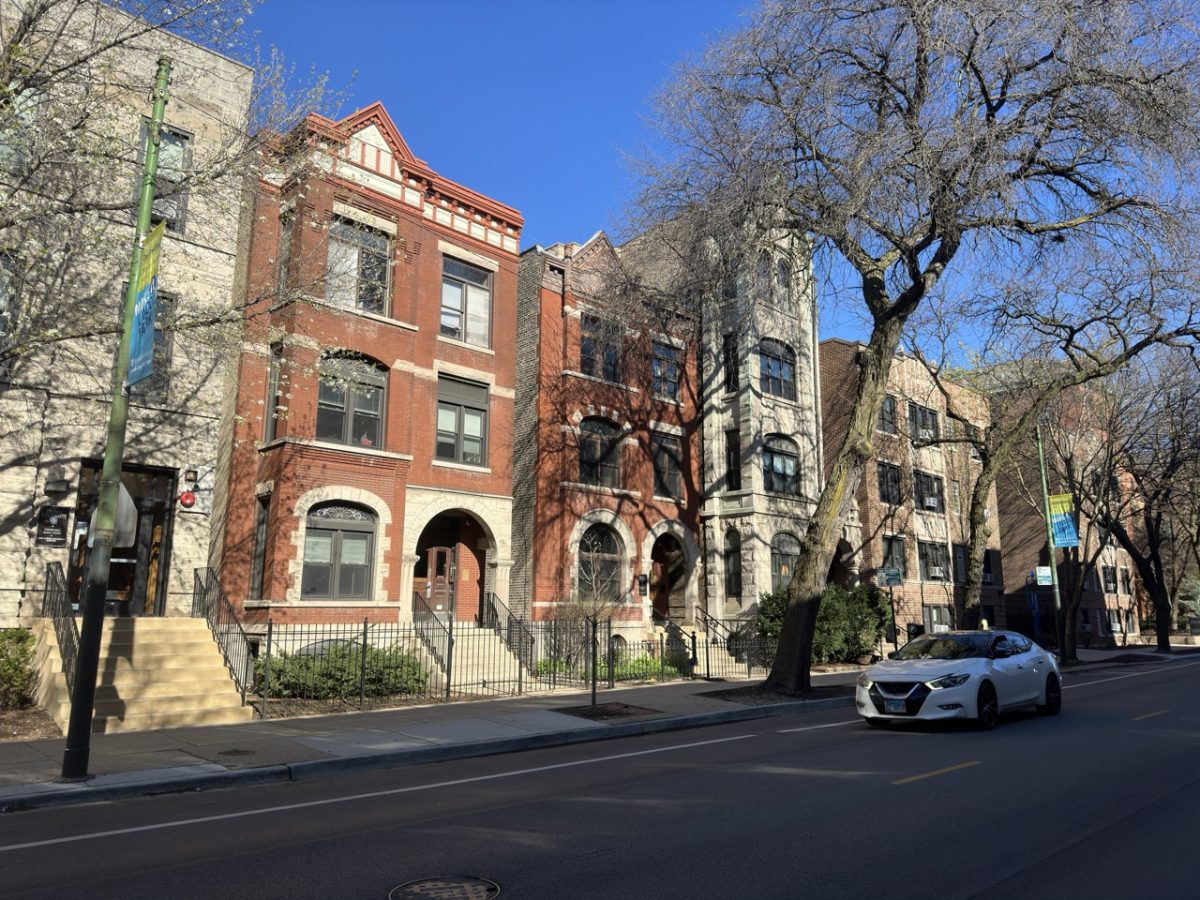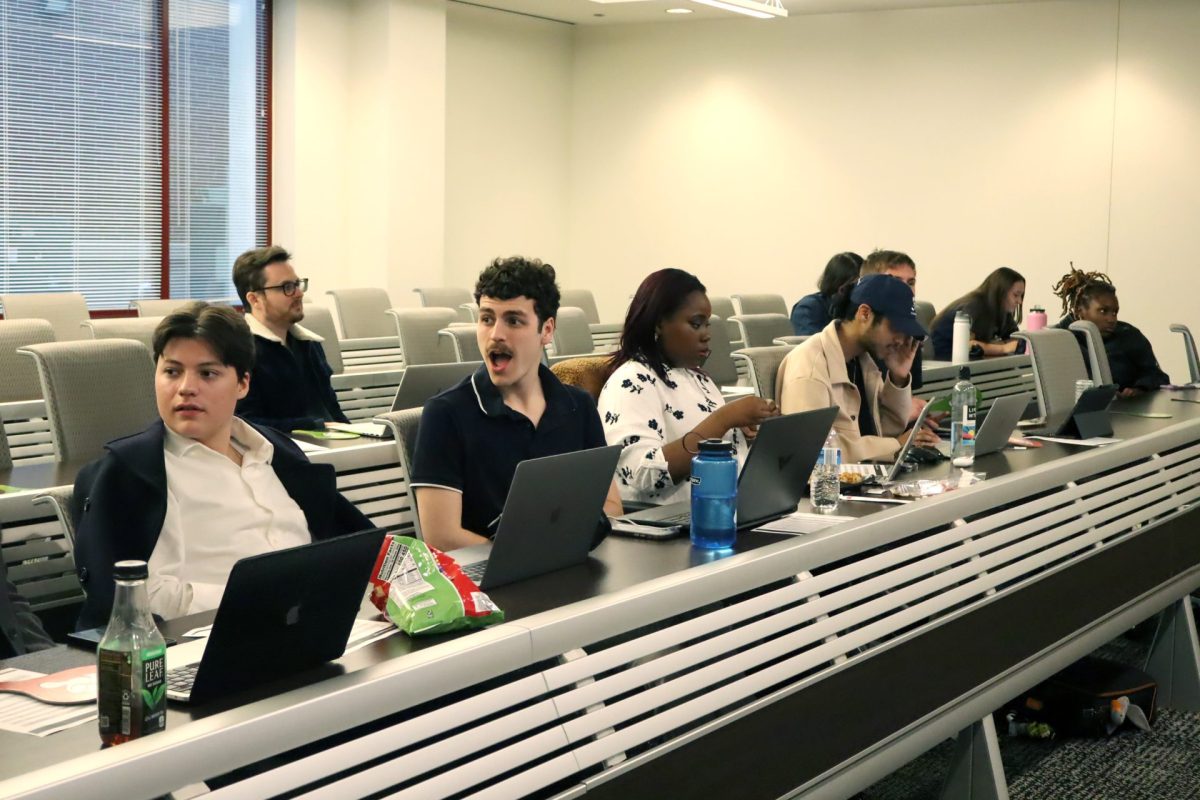More than 60 outraged people packed into Room 161 of the Schmitt Academic Center on Thursday evening. The room was filled with all kinds of individuals – from DePaul students, to DePaul alumni, to community members – all angered by one thing: the plans to build the new DePaul basketball arena.
Since the plans for the new arena were announced this past May, some students and community members alike have taken a strong opposing standpoint. There have been protests and petitions organized to stop DePaul from going through with the deal.
But what is everyone so upset about? The fact that 49 Chicago Public Schools have been closed due to a massive budget deficit, yet the arena is costing $55 million in Tax Increment Financing (TIF) funds, $70 million in hotel tax funds, and $70 million from DePaul alone.
“(They were saying that) if we close down these schools it saves us a half a million dollars per school,” said Erika Wozniak, a DePaul alumni and Chicago Public School teacher. “So when we add that up, the $55 million could keep all 49 Chicago Public Schools open … could have. And we’d still have $30 million left over.
The meeting on Thursday was co-sponsored by Students for Education Justice and concerned DePaul students (who are not affiliated with any organization.)
The President and Vice President of DePaul’s SGA were also in attendance and did not comment about the meeting or about the plans for the arena.
Fight over funding
The meeting began with a documentary created by DePaul junior Danny Morlock. According to Morlock, the 30-minute documentary, “50: A Tale of CLOSED Skoolz & BIG Money,” started as a summer project following the Chicago Public School closings. Yet as he worked on it over the past two and a half months, he “found that it’s a little bigger than (he) originally thought.”
Morlock’s documentary followed David Orr, Cook County Clerk; John Arena, 45th Ward Alderman; Erika Wozniak, a DePaul alumni and Chicago Public School teacher; Amisha Patel, Executive Director of Grassroots Collaborative; and Asean Johnson, a 9-year-old Chicago Public School student.
And they sure had a lot to say.
Arena stressed the idea that the city of Chicago has the wrong priorities.
“At a time when money is tight and our passing bodies are starved for cash to provide basic services, like education, like library hours, like city services, tree trimming, improvement to our water system … why are we giving money to rich institutions?” Arena said in the documentary.
Orr explained the facts behind the biggest issue in the “DePaul deal” – the use of $55 million in TIFs to build the arena.
Tax Increment Financing is designed to be an economic development tool to help create more revenue in a blighted area. The goal is for these once-blighted districts to increase in value, through the help of slightly increased taxes.
Orr argued that the definition of blighted and the definition of who can get a TIF is becoming looser.
“In theory, it can be very good,” Orr said in the documentary. “In practice, too often, particularly in Chicago, it has basically been a cash cow for the mayors office, collecting up to $500 million every year from this property tax fund … (and they are) way too vague about how the money is going to be spent.”
Johnson raised the unanswered question of why DePaul rejected the offer for 10 years free rent at the United Center.
The documentary, which can be found on YouTube, focused on the main argument criticizing the new arena: Why is DePaul spending $70 million on a new arena when 49 Chicago Public Schools have closed due to Chicago’s “massive budget deficit”?
And the question remains.
The TIF Illumination Project
Immediately after the well-received documentary (loud clapping, cheering, and finger snapping overwhelmed the room) came the first guest speaker, Tom Tressor from Civic Lab, who introduced himself as “a public defender.”
Tressor’s presentation introduced his project: The TIF Illumination Project. He gave the facts of where our tax dollars are really going.
Tressor even had a slide with an actual tax bill from a property inside the Englewood TIF. The bill stated “0.00” impact of TIFs on the person’s bill. But Tressor broke down the numbers. He discovered that 68 percent of the tax bill had been taken by the Englewood TIF. That’s a far cry from the supposed “0.00” impact that TIFs are said to have on our property taxes.
Tressor informed everyone that the city had $1.7 billion in unspent TIF funds at the end of 2011 and 2012.
He broke down the numbers even more, showing pie charts of property tax distribution and graphs explaining, “who got paid?” The answer to that? Companies like Quaker Oats, who received $11 million; the Board of Trustees/University of Illinois, who received a staggering $75 million; and so on.
He then raised an unforgettable question: “Are we really broke?”
A CPS perspective
In her brief but passionate speech, Wozniak explained how the Chicago Public School closings have affected her and the students.
Wozniak, like many other Chicago Public School teachers and students, has been affected by a drastic increase in students per class. Because of the school closings, students have no choice but to find other schools to attend – often times being forced to cross gang lines in rivaling neighborhoods and put themselves in danger – and are often turned away anyway because there are “no vacancies” for enrollment.
As a DePaul alumni, Wozniak is especially disappointed in the money DePaul is accepting for their new basketball arena at a time like this.
“We expect this from Rahm Emanuel,” Wozniak said. “But not from you … We didn’t learn this. We’re better than this. We should have a higher moral compass.”
A call to action
The passion and outrage of both students and community members was finally vocalized publically. One community member explained what was happening as a “cruel form of trickleddown economics” (many in the audience snapped their fingers in response to this remark).
According to the reactions of the meeting goers, the event was a success as well as a call to action.
“(The event) answered questions that weren’t answered previously in the spring when this came out,” Hillary Hitt, a student at DePaul, said. “By being a part of this, we’re supporting something that doesn’t follow our Vincentian values; that goes against socially responsible leadership. And I think that just shows a lack of responsibility within the hierarchy of DePaul … that our hierarchy has lost its Vincentian values.”
“Next steps”
But this certainly wasn’t the last of the events protesting the new arena. There will be a large meeting at UIC called “Take Back Chicago” Oct. 15. There will be busses arranged for students to get to the event.
Additionally, there will be a Chicago City Council meeting Oct. 16. There will also be a meeting at McCormick Place later this month (there is no set date at this time.)
Hopefully soon someone will finally address Tressor’s question: Are we really broke?







